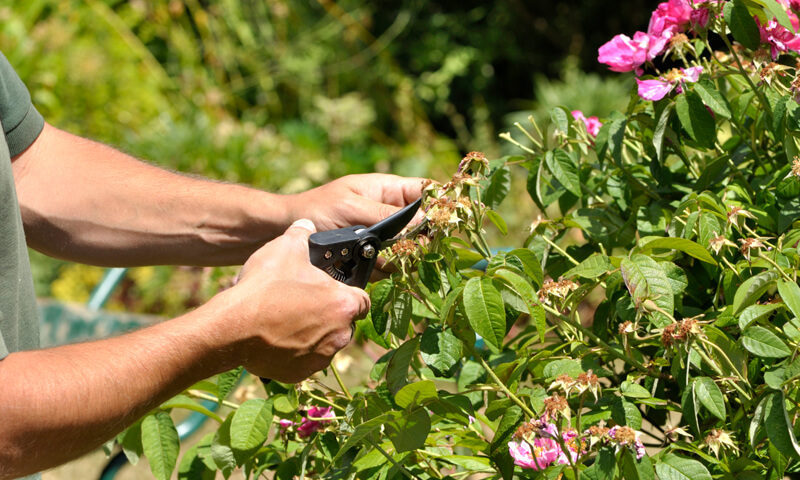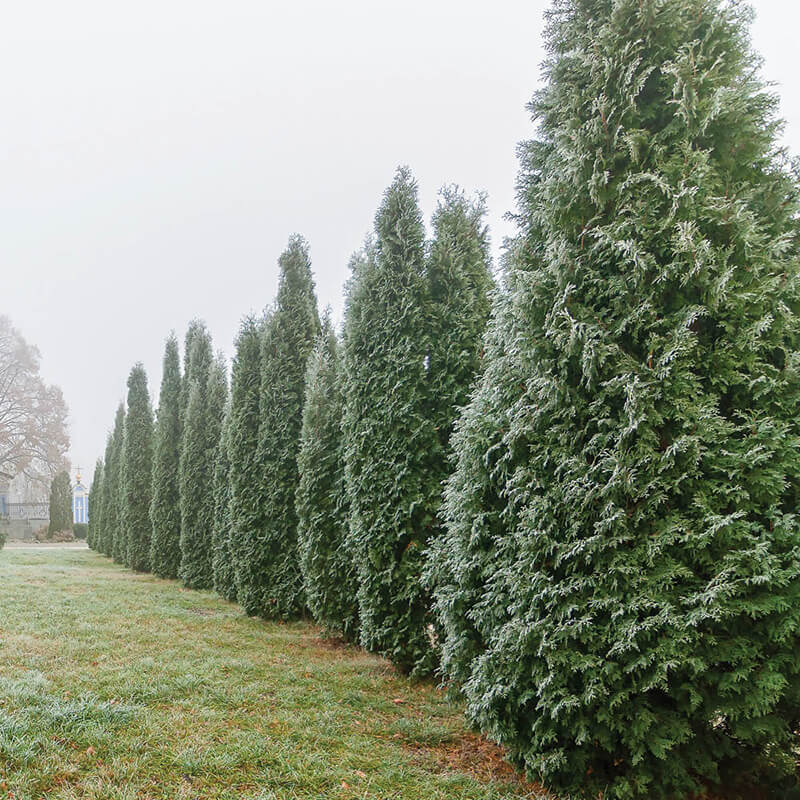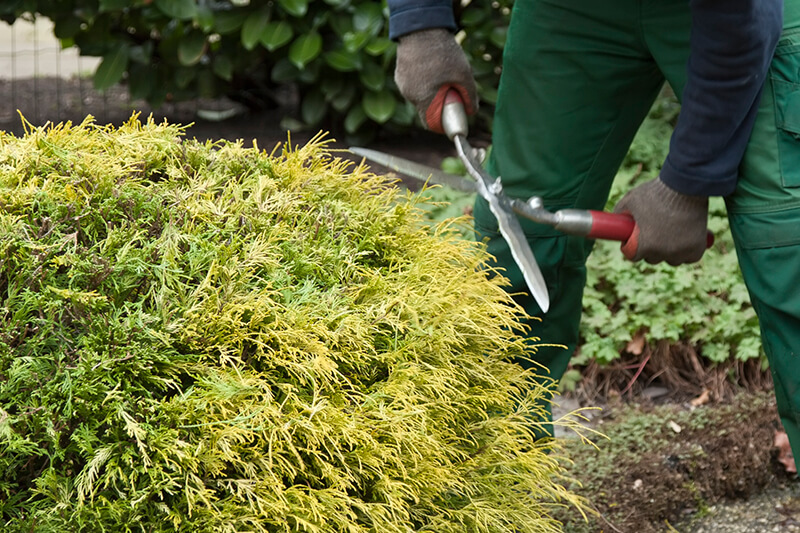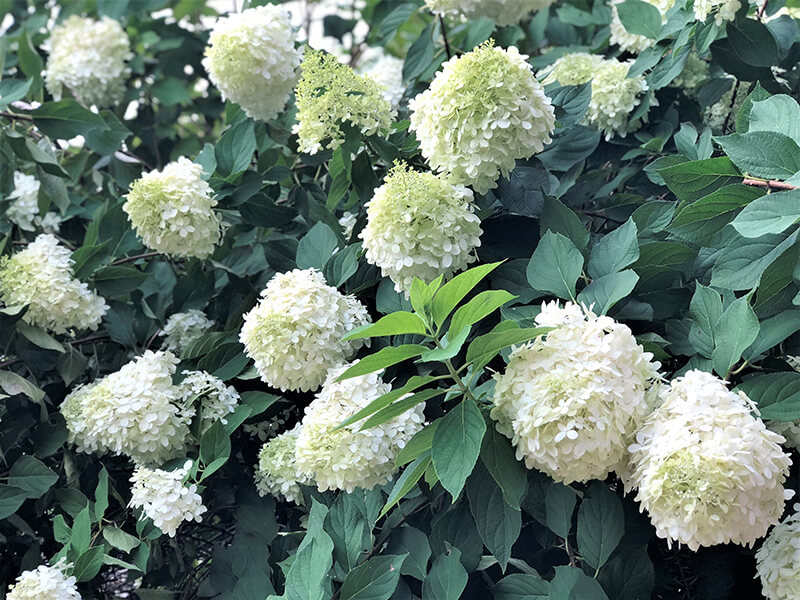Pruning Plants for a Successful Spring

After a long, cold Winter most of us locals jump at the chance to get outside and enjoy some fresh, spring air. While early spring acts as a bit of an in-between time where cold weather spells can still prevent you from fully enjoying the outdoors, there is still plenty to do out in the garden! Pruning your plants to encourage new growth is especially important in Early Spring as it prepares your Summer-blooming plants for a healthy season ahead. Some of the most passionate gardeners still get nervous about pruning their plants, but fear not. Pruning is a simple process that requires just a little care and research beforehand. After all…you don’t want to just go cutting off random stems and branches!
First, the most important thing to remember about the whole process is when the best time is to prune your plant. Although optimal time varies by location, species, and weather patterns, the overall rule of thumb is as follows: If you have a spring-flowering tree or shrub that blooms before June 15th, prune your plant as soon as it finishes flowering. If your tree or shrub blooms after June 15th, prune it while it is dormant (Winter) or in Early Spring before the bud starts to grow.

Pruning Tips & Goals
Now that you know when to prune, it makes sense to understand why it’s so important to do so. Keep in mind that several goals of pruning result in various benefits for your plants. Here are some quick goals to keep in mind while you’re pruning your plants:
- Make sure you clean out and remove any dead, diseased, bug-damaged, or broken branches off of your plans, such as in late winter or after a storm.
- Remove dead or damaged portions of plants as soon as possible after damage occurs so that damage does not spread to the rest of the plant.
- Pruning is required, however, when overgrowth occurs as to keep the plant from getting too “dense”. This involves removing select branches and twigs to thin out those that overlap and grow inward, and in most cases results in increasing the value of your landscape’s appeal.
- Many plants can be “headed back,” to control intense growth and beautify the plant. Do so by removing branch tips and tidy up through shortening unruly branches. Through “rejuvenation,” you completely remove the top growth at or near the soil level for plants that spread out of control.
- For overgrown trees and shrubs that do not bloom as well due to lack of pruning, this process will breathe new life into them and encourage new blooms. You will rejuvenate the plant by cutting it back to the ground level, essentially creating room for an entirely new plant. Sometimes stems simply grow old and tired, and require new stem growth to take their place. “Renew,” growth by removing a shrub’s older stems to ground level, again creating more space for new life.

Pruning Do’s & Don’ts
An additional tip to consider when pruning includes the cutting process. When removing larger branches, always make a 2 or 3 Step Cut to prevent the branch of choice from tearing bark away from the plant as it falls. First, cut towards the outer area of the branch, if needed follow with another mid-way cut, before finally cutting towards the base of the branch. Shortening branches is also an easy process. Simply cut back to just above the branch or bud that faces the direction where you desire new growth.
Follow this guide for further Pruning Tips:
Plant Pruning Do’s
- Leave your branch collars in tact. You can harm the plant by cutting too close to the bottom.
- Trim hedges to be wider at the base than at the top. Each time you trim a hedge, leave a half to full inch of previous growth, as the shrub needs it to stay healthy and be able to spur re-growth.
- Try to prune plants so that roughly half of total growth is in the lower two-thirds of the plant.
- Always use the proper tools! If you try to cut large branches with tiny pruners, you or the plant can get hurt! Keep your blades sharp and talk to one of our team members for tips on the best pruner for you. Safety First!
- Take a step back and look at your work as you prune. Have you cut too much or too little? Remember that glue does not work on plants.
- Prune during cool days, as cooler weather pruning causes less stress on plants trying to heal.
Plant Pruning Don’ts
- Never cut more than 25% of your plant’s growth in a single year.
- Don’t apply a tar, paint, or any other dressing to your plants’ wounds following pruning as they can encourage rot and disease.
- Don’t climb trees to prune (hopefully this one is obvious).
- Avoid pruning hedges straight down as leaves will gradually drop and ugly lower stems become exposed.
- Big wounds take longer to heal than smaller wounds. Prune often rather than letting your plants go for several years.

Benefits of Pruning Your Plants at Home:
- Plants stay free of disease and lose any dead or damaged portions.
- Air flow improves by opening up overly dense growth, resulting in lowered risk of disease and rot.
- Old plants feel rejuvenated through new growth spurts. They then flower better during their next growth season.
- Pruning beautifies your landscape by giving your plants a more “controlled,” look and pruned plants will bring your yard more flowering spectacles to enjoy.
- Stay on top of pruning and you will avoid potential problems down the road for your plants including disease, overgrowth, and unmanageable damage.
- Late-Winter/dormant season pruning allows you to better see your plant’s structure.
- By pruning before growth begins, you allow the plant ample time to heal its wounds so that new growth can begin.
- Pruning in late Winter or Early Spring gives you the chance to get out in the garden!
When To Prune Your Plants:
Many less-experienced gardeners may have trouble distinguishing when the best time to prune their plants may be. Follow the previously stated rule about Spring versus Summer-Flowering plants to know when to prune your plants. To make things a little clearer, below are two lists to guide you through your decision.
Shrubs to Prune in Early Spring While Still Dormant
- Rose of Sharon
- Arborvitae
- Boxwoods
- Clematis (Summer Blooms)
- Crabapple
- Euonymus
- Evergreens
- Fruit Trees
- Heather
- Holly
- Oak Trees
- Barberry
- Butterfly Bush
- Beautyberry (Callicarpa)
- Blue Mist Spirea
- Dogwood
- Summersweet (Clethra)
- Witch Hazel
- Hibiscus
- Hypericum
- Annabell Hydrangea
- Burning Bush
- Chokeberry
- Potentilla
- Sweet Spirea (Itea)
- Kerria
- Crape Myrtle
- Privet
- Smoke Tree
- Rose
- Summer-Flowering Spirea
- Vitex
Plants to Prune After Flowering
- Serviceberry
- Deciduous Azalea
- Forsythia
- Bittersweet
- Magnolia
- Mahonia
- Ninebark
- Weigela
- Sweet Shrub
- Flowering Quince
- Fringe Tree
- Scotch Broom
- Daphne
- Deutzia
- Hydrangea
- Mountain Laurel
- Beauty Bush (Kolkwitzia)
- Honey Suckle
- Mockorange
- Pieris
- Flowering Almond
- Rhododendron
- Bridal Wreath
- Van Houttei Spirea
- Lilac
- Viburnum
- Sandcherry
- Fothergilla

Remember, pruning is not scary! Approach it as a fun, yet very important way to encourage new growth in your garden each year.
Our team members will be thrilled to assist you with any questions that you may have regarding pruning, plus we will help you select the plants best suited for the season.
Visit our Home & Garden Stores in Lancaster, York, and Harrisburg and Look for Sales on our Trees & Shrubs selections!
